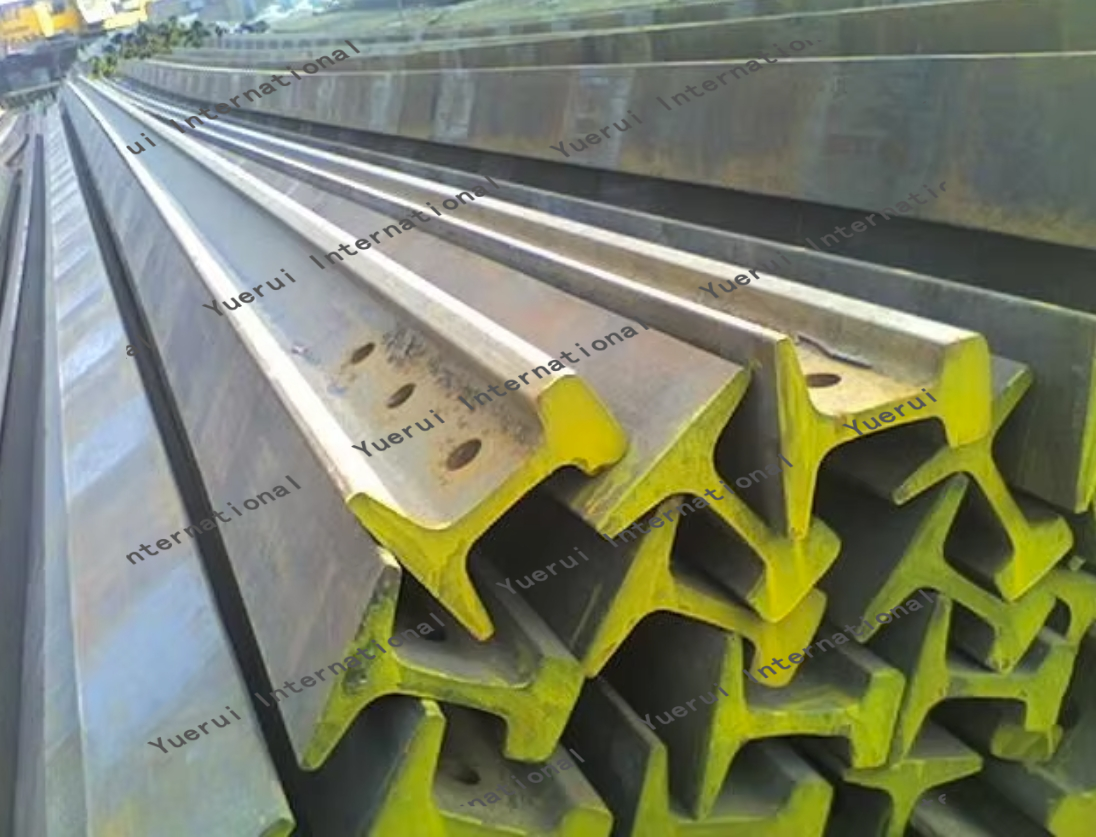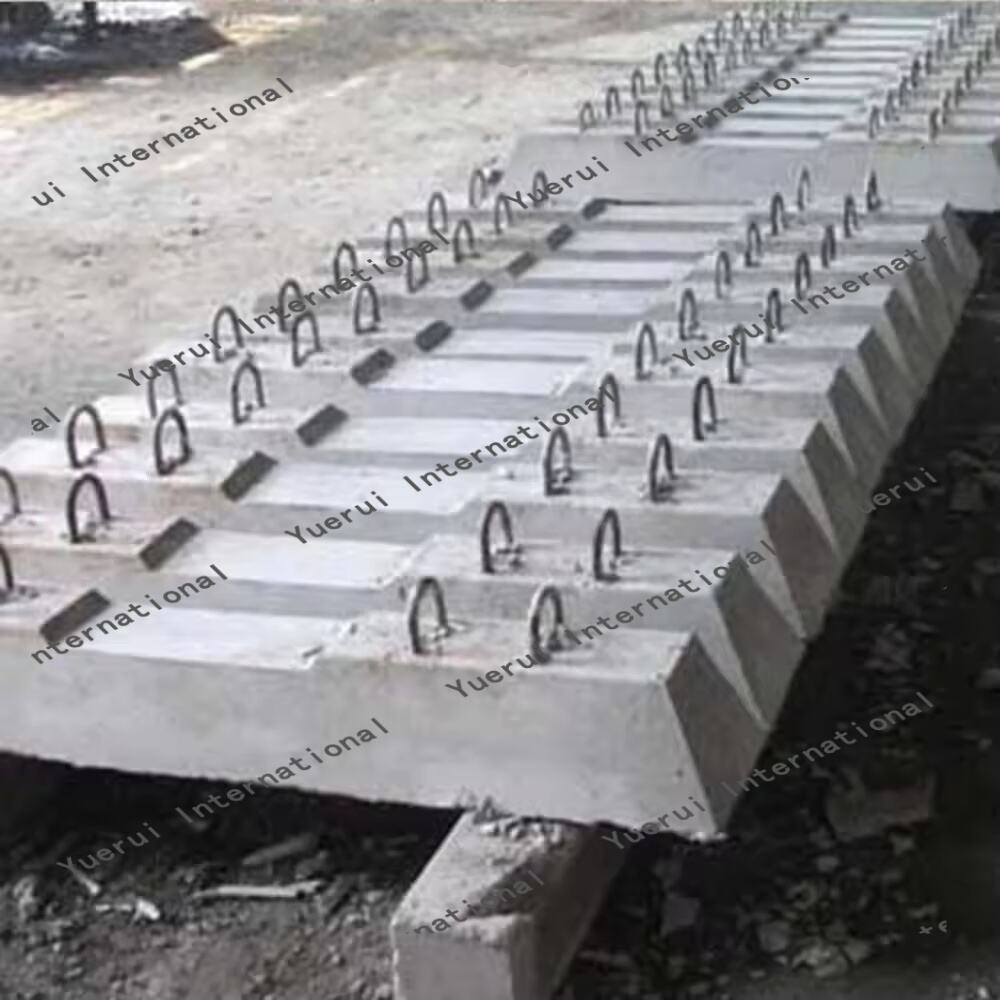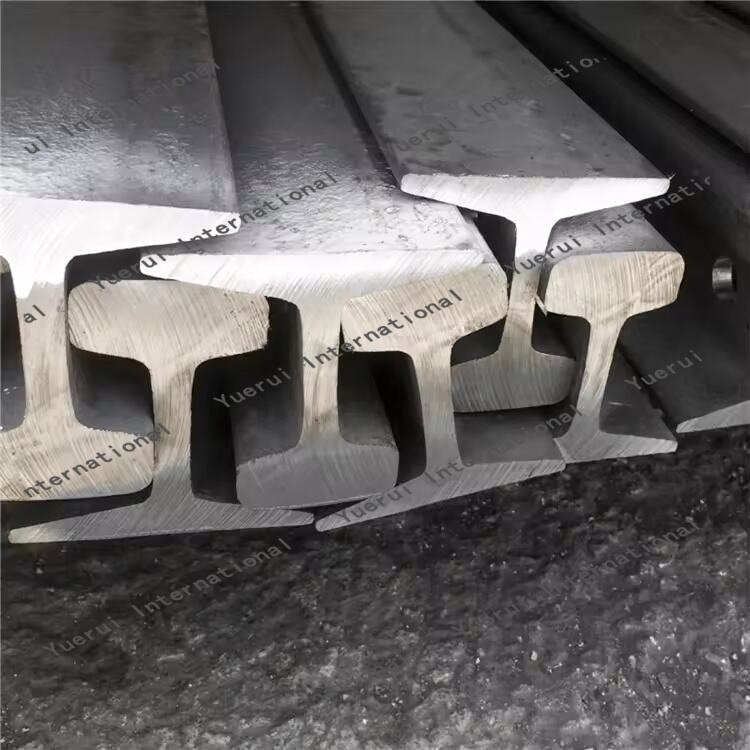non treated railroad ties
Non treated railroad ties represent a fundamental component in railway infrastructure, offering a natural and cost-effective solution for track support. These wooden supports, typically manufactured from hardwoods such as oak or pine, maintain their raw, unprocessed state without chemical preservatives. The ties measure approximately 8-9 feet in length and 6-7 inches in height, providing essential structural support for rail tracks. Their primary function involves distributing the load of passing trains evenly across the track foundation while maintaining proper track gauge. The untreated nature of these railroad ties makes them particularly suitable for environmentally conscious applications, landscaping projects, and decorative purposes. Their natural appearance allows them to blend seamlessly with outdoor environments, making them popular choices for garden borders, retaining walls, and rustic outdoor furniture. The absence of chemical treatments means these ties can be repurposed or disposed of without environmental concerns. Additionally, the natural wood grain and weathering characteristics create unique aesthetic appeal, perfect for architectural and design applications. These ties typically offer a service life of 5-7 years, depending on environmental conditions and usage patterns, making them an economical choice for temporary installations or projects where natural degradation is acceptable or even desired.


